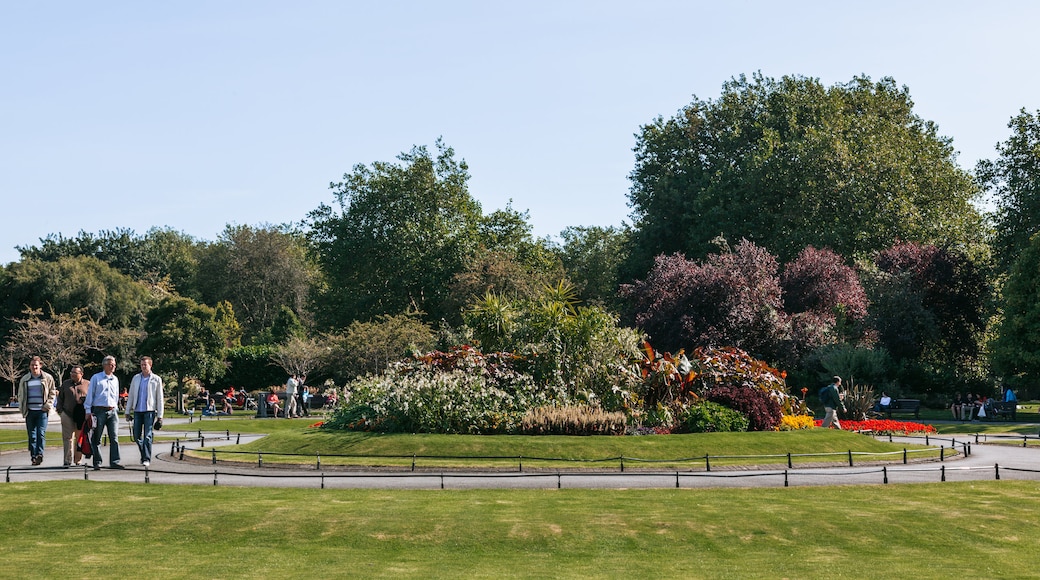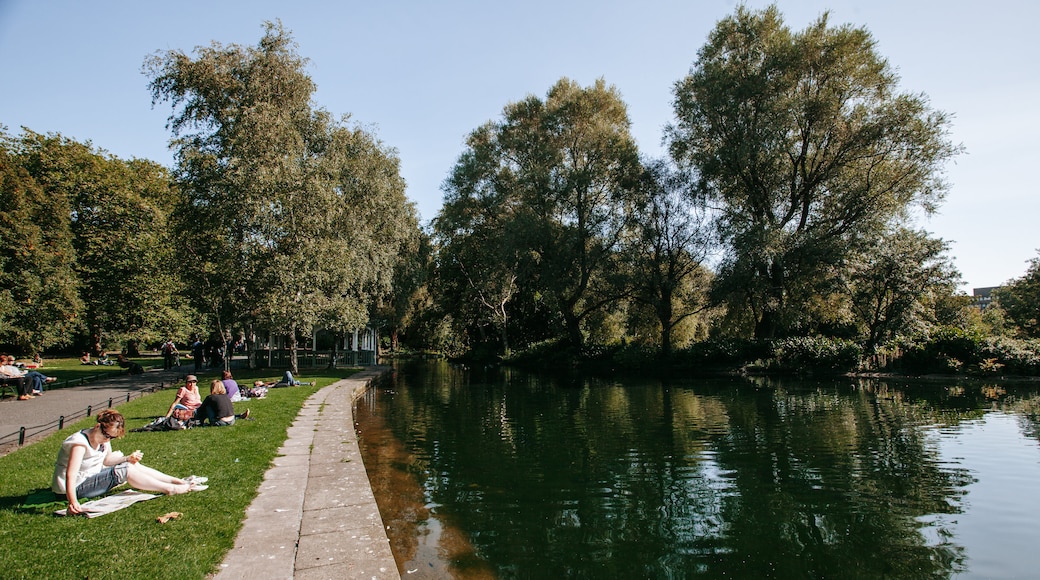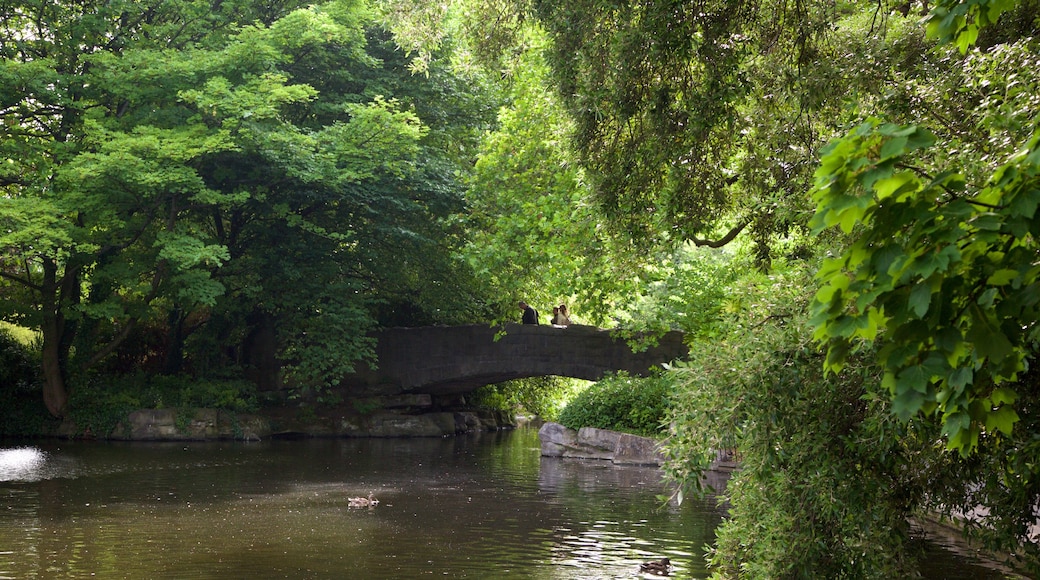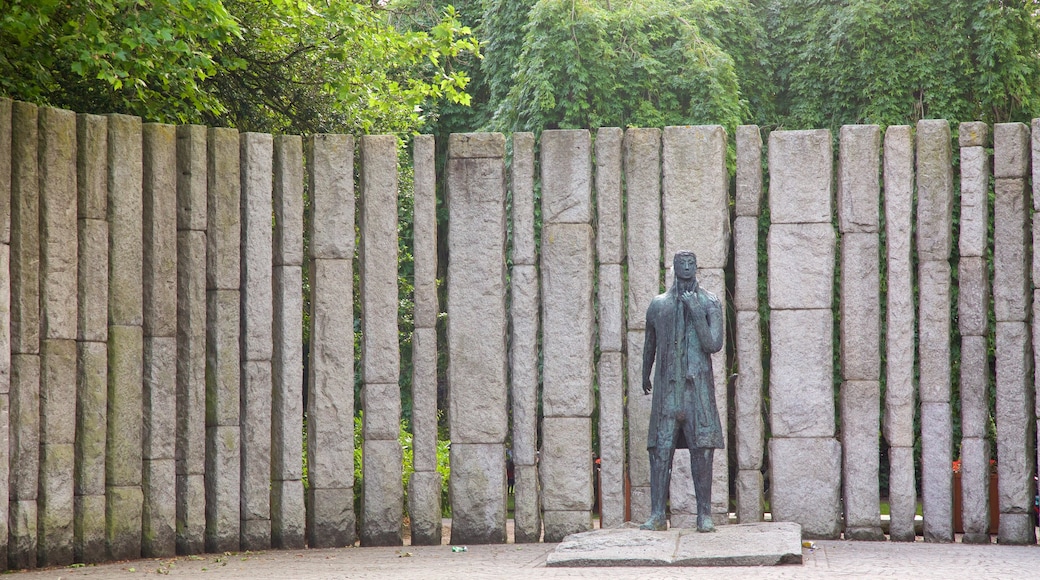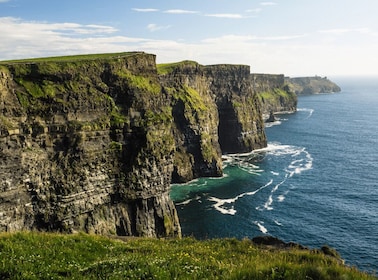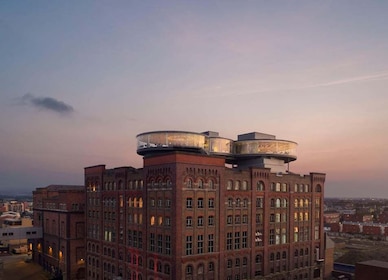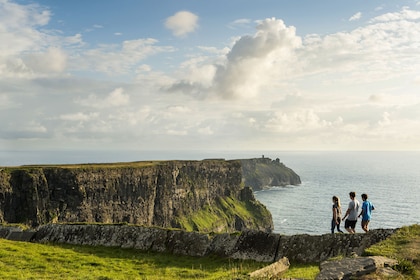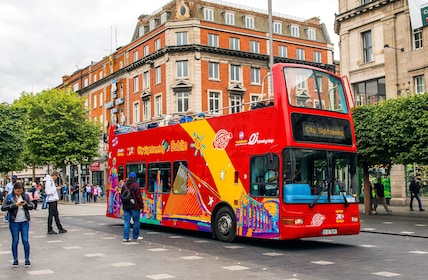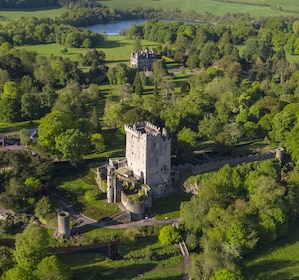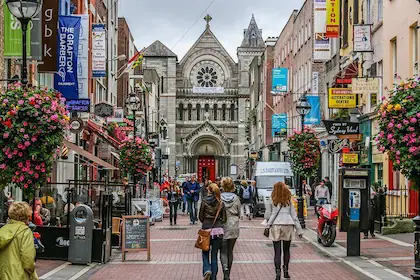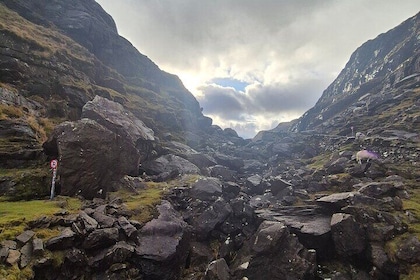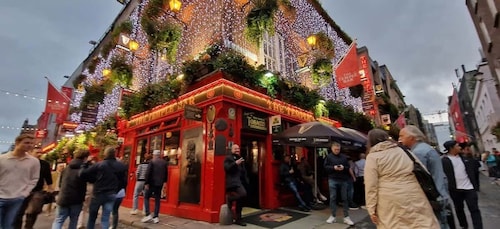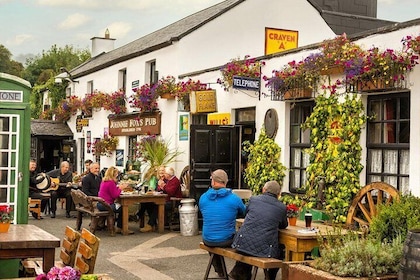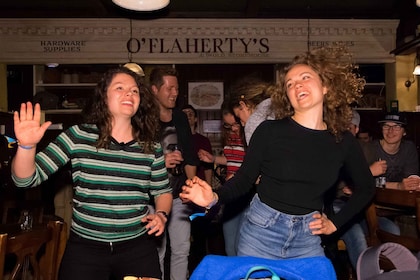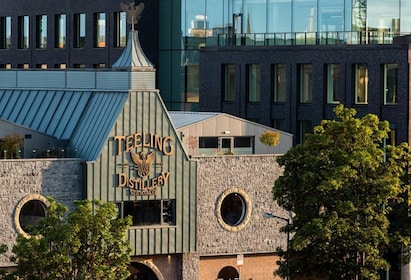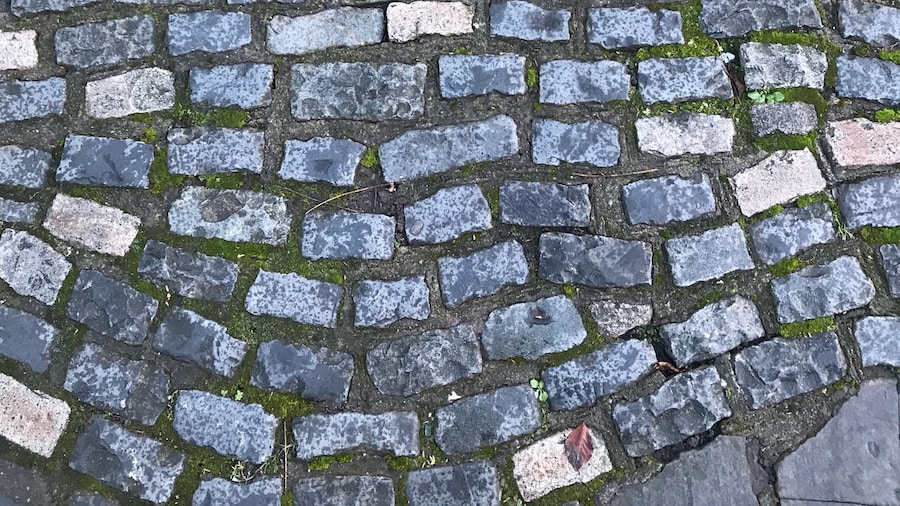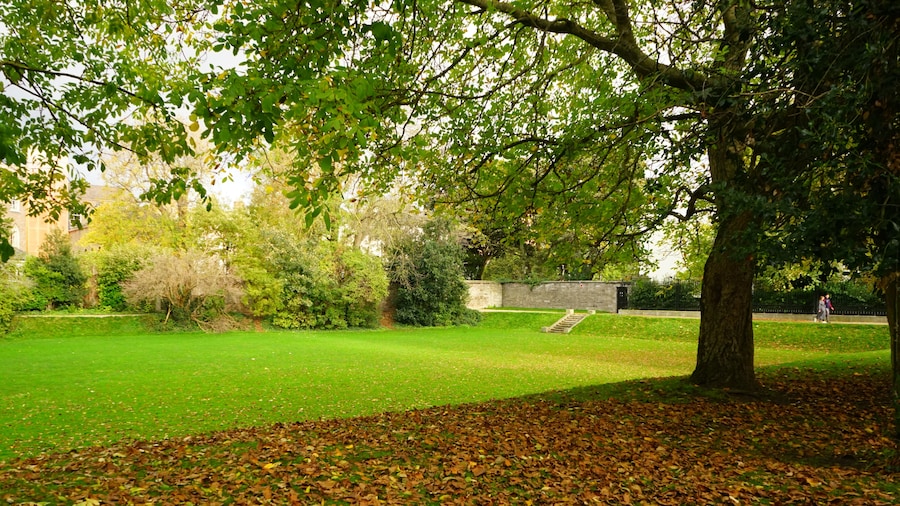After working your way up Grafton Street’s high end stops and eateries, step into St Stephen’s Green - an oasis of calm in the centre of Ireland’s bustling capital.
The park dates back to 1670 but was opened in its present layout in 1880. It occupies 9 hectares of green space and offers 3.5 kilometres of pathways for visitors to stroll, run, cycle, play or just sit back and relax. St Stephen’s Green is an area of Dublin not to be missed, whatever the weather.
Visitors can enter the park through one of the eleven gateways that lead into the green. The most spectacular of these is the grand Fusilier’s Arch, which was erected in commemoration of the members of the Dublin Fusiliers who died in the Boer War of 1899 – 1900.
Water features strongly in the park’s design, with two impressive fountains at the centre of the park, as well as a bridge that dissects the enormous lake in the north of the park, that is also complete with its own waterfall and island with a rockery. There is a garden for the visually impaired that includes Braille signage and sturdy plants that can be enjoyed through touch.
The pond attracts ducks and swans, as well as young families who enjoy feeding them. There is also a children’s playground that was updated in 2010, with separate areas for younger and older children.
The park is littered with sculptures and ornaments. Literature lovers can look out for the Yeats memorial garden with a sculpture by Henry Moore, and the bust of James Joyce. Legend has it that Joyce based a character from Ulysses on a man who helped him after he got into a fight in the park in 1904.
In the summer months, musical performances are staged on the bandstand at the centre of the park’s south green. The Dublin City People’s Art Exhibition takes place on various dates throughout the year, with artists exhibiting their work on the railings that surround the park, with profits going to a variety of charities.
The park is easily accessible by bus, or tram – St Stephen’s Green is the terminus of the Green line of LUAS tram system, on the western side of the park. Be sure to leave plenty of daylight for your visit, as the park is locked at night.
